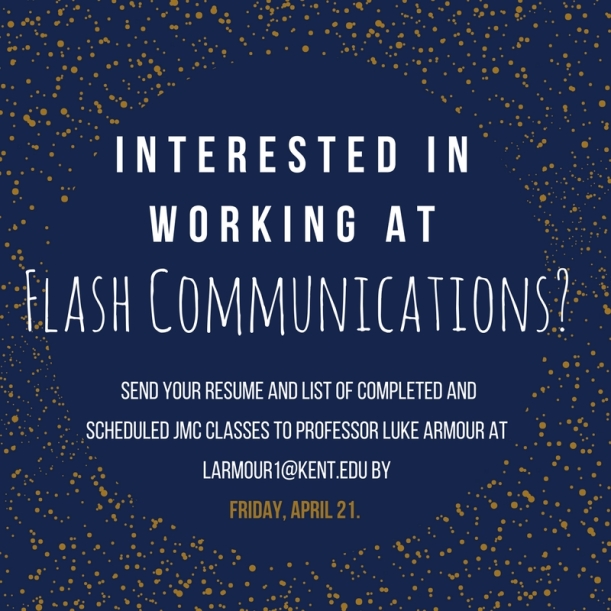When starting out in our PR, communications and marketing careers, it’s empowering to know that these industries have so many amazing female role models to learn from. However, because of the “behind-the-scenes” nature of our field, they can be hard to find through just a quick web search. But never fear! The team at Flash Communications has put together a list of 11 amazing women in PR, communications and marketing and how they got to where they are:
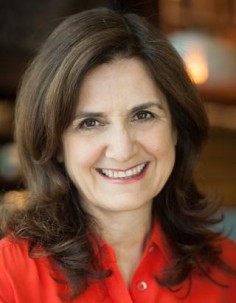
Sharon Rothstein
Who she is: Executive Vice President, Global Chief Marketing Officer for Starbucks
What she does: According to her bio, Rothstein leads the creation of the brand narrative for Starbucks Retail and Channel development, marketing initiatives, creative expressions, advertising, and key business partnerships. She also has direct responsibility for leading Starbucks Global Creative Studio, Global Digital Marketing team and Global Category Brand Management.
How she got there: Rothstein earned her MBA from the University of California, Los Angeles and her Bachelor of Commerce from the University of British Columbia. She serves on the board of directors for the Ad Council. Prior to joining Starbucks in April 2013, Sharon served as Senior Vice President of marketing at specialty beauty retailer Sephora. Prior to Sephora, Rothstein held senior marketing and brand management positions with Godiva, Starwood Hotels and Resorts, and Procter & Gamble.
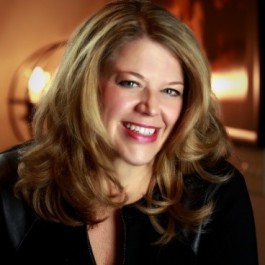 Tammy Roberts Myers
Tammy Roberts Myers
Who she is: Vice President, External Communications for Limited Brands, Inc.
What she does: According to her bio, Myers is responsible for establishing and building relationships with local and national media and nongovernment organizations; developing and coordinating the company’s external communications and corporate CSR strategies; providing leadership counsel on issues that could impact the reputation of the company; and collaborating on communication with the brand public relations teams within the company.
How she got there: Tammy earned her MBA from the University of Dayton in Dayton, Ohio, and graduated summa cum laude with a Bachelor of Arts degree from Otterbein College in Westerville, Ohio. She began in Communications at Bob Evans Farms, Inc. where she managed and directed all investor relations, corporate communications and consumer relations activities.
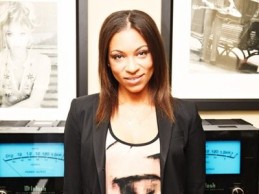 Jana Fleishman
Jana Fleishman
Who she is: Head of Communications at the record company Roc Nation
What she does: According to an article in Business Insider, Fleishman says it changes from day to day: juggling personalities, schedules, agendas, making impossible deadlines, keeping a level head when people make wild assumptions, accusations and false stories, etc. She also loves helping people realize their dreams.
“I love being part of exposing a great talent to the world. There’s nothing like seeing a fan walk up to someone and say ‘That song/concert/interview/appearance changed my life,’” Fleishman said in the article.
Best advice she got: “Two things ‘Our job is to push the culture forward and create the right conversations. If they aren’t talking, then what is our real purpose’ and ‘You’re in the grown woman world now. If you really want to be an executive, there’s no crying in this world. Suck it up, move on and focus on your own growth.’ I was 18 and 6 months into my internship.”
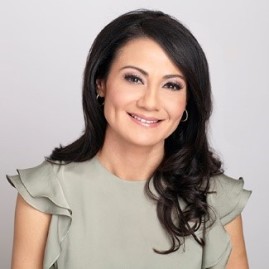 Monica Gil
Monica Gil
Who she is: Executive Vice President of Corporate Affairs at NBCUniversal Telemundo Enterprises
What she does: according to her LinkedIn profile, Gil oversees the company’s corporate communications, government relations, and community relations efforts. In addition, she manages high-priority company-wide initiatives across all Telemundo Enterprises business units.
How she got there: Gil has a B.A. in Political Science from the University of California Berkeley and an M.A. from the USC School of Public Administration. Most recently, Gil was Senior Vice President and General Manager of Multicultural Growth and Strategy at Nielsen where she was responsible for driving growth, providing market insights and delivering comprehensive strategies to reach diverse consumer segments. Before joining Nielsen, Gil served as a senior member of Antonio Villaraigosa’s political campaign team and was part of his historic mayoral victory in 2005. She also served as Press Secretary for the Speaker of California State Assembly.
 Amy Palcic
Amy Palcic
Who she is: Senior Director of Communications for the Houston Texans
How she got there: According to her Linkedin Profile, Palcic got her B.A. in Communications from Auburn University. She worked as the Director of Communications for the Cleveland Browns for 10 years, then moved into agency work before getting the job working for the Houston Texans in 2013.
Why she chose to work in a “boys’ club:” According to an article for Glamour Magazine, Palcic left her job with the Browns for an agency in L.A. in 2009. Now Palcic is the only woman heading an NFL team’s communications department.
“As a woman it would’ve been easy to give up and say, ‘Hey, this wasn’t for me,’” says Palcic. “But I missed it every single day—the pace, the crazy hours, and feeling part of a team.”
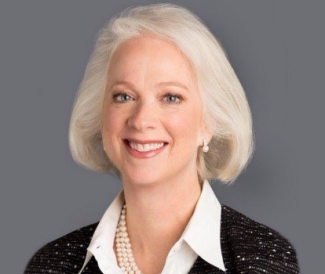 Martha M. Boudreau
Martha M. Boudreau
Who she is: Executive Vice President & Chief Communications and Marketing Officer for the American Association for Retired People (AARP)
What she does: According to her bio, Boudreau is responsible for setting enterprise brand and communications strategy and unifying AARP’s voice throughout the organization’s extensive channels: social, digital, earned media and paid media along with AARP’s leading publications, AARP The Magazine and AARP Bulletin.
How she got there: Boudreau received her B.A. in Political Science from the University of Michigan in Ann Arbor. She started as a legislative assistant to Congressman David Bonior in 1980. Before coming to AARP, she served as president of the mid-Atlantic region and Latin America for FleishmanHillard, a leading global communications consulting firm. In addition to her financial and client service responsibilities in the Washington office, she was central to the global coordination of client work and new business efforts.
 Carol Potter
Carol Potter
Who she is: President and Chief Executive Officer, Edelman, Europe
How she got there: According to her bio, Potter started her career at Saatch & Saatchi in the 80s. In the late 90s, Potter helped head the New York office of J. Walter Thompson whilst running the Unilever account in North America. From 2001 and 2004, she oversaw the De Beers account globally, during which time more women in the world received a diamond than at any time in history.
She built BBDO from a 60 people office in Shanghai to a company of over 450 people in 7 offices across the cities of Shanghai, Guangzhou, Hong Kong and Taipei.
Favorite quote: Potter told marketing-interactive.com that her favorite quote is: “People share products with friends not because they like the products, but because they like their friends.”
“As a brand you need to think about how you can give your products a real value,” Potter said. “Consumers now expect a holistic experience from the brand; they don’t compartmentalize where the messages come from, so I don’t think we can either.”
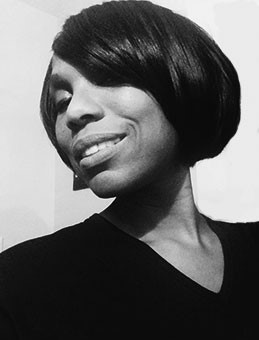 Yvette Noel-Schure
Yvette Noel-Schure
Who she is: Co-Founder, EVP for the publicist agency Schure Media Group
What she does: According to her bio, Schure has developed press campaigns for artists including Mariah Carey, Will Smith, Jessica Simpson, Prince, John Legend, Adele, Wyclef Jean, Destiny’s Child and for each of that group’s members: Kelly Rowland, Michelle Williams, and Beyoncé; as well as media launches for Maxwell “BLACKsummers’night”) and Beyoncé; (“I Am … Sasha Fierce”).
How she got there: Schure got her B.A. in journalism and public relations from New York City College. She worked as the editor for Black Beat Magazine until 1993 when she went to work as the Senior Vice President of Media for Sony Music. Schure co-founded Schure Media Group in 2010 with her husband, David Schure.
Advice: Schure told Out Magazine, “I grew up in the Caribbean and as an immigrant child, there’s nothing that’s taught to you with more passion than hard work. Do not feel bad if you’re the last one left there. Get it done. Finish it. Wake up early. Wake up with the sun.”
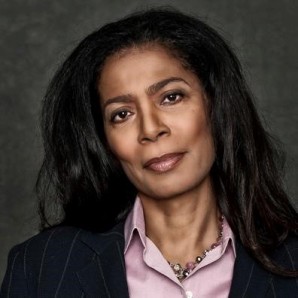 Judy Smith
Judy Smith
Who she is: Founder and President of Smith & Co, a leading strategic and crisis communications firm with offices in Washington D.C. and Los Angeles.
What she does: according to her bio, she is known as the “fixer.” Perhaps best known for her expertise as a crisis management advisor, Smith has served as a consultant for a host of high profile, celebrity and entertainment clients over the course of her career including, but not limited to, Monica Lewinsky, Senator Craig from Idaho, actor Wesley Snipes, NFL quarterback Michael Vick, and the family of Chandra Levy.
How she got there: Smith received a Bachelor of Science degree in Public Relations from Boston University and graduated from the American University Washington College of Law where she was the first African-American woman to serve as Executive Editor of the Law Review. She served as Associate Counsel and Deputy Director of Public Information in the Office of the Independent Counsel, Lawrence E. Walsh from 1987 to 1989. In 1991, Ms. Smith joined the White House with her appointment as Special Assistant and Deputy Press Secretary to President George H. W. Bush. Prior to founding Smith and Company, Ms. Smith was a partner at several Washington D.C. – based public relations firms. Before that, Ms. Smith served as Senior Vice-President of Corporate Communications at NBC. Additionally, she served as NBC’s chief spokesperson for domestic and international programming and business ventures, and also helped with the groundbreaking launch of one of the nation’s first cable news stations, MSNBC.
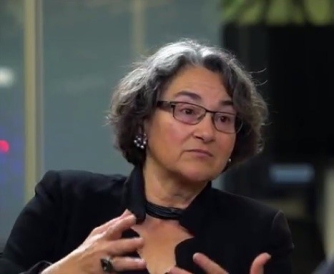 Joanna Hoffman
Joanna Hoffman
Who she was: Hoffman was the fifth member of the Apple Macintosh team in 1980, and the first marketing person for Mac and later for Steve Jobs at NeXT.
How she got there: According to an article in the Daily Mail, Hoffman earned a Bachelor of Science in Humanities and Science from MIT. Then she pursued a Ph.D. in archaeology at the University of Chicago. During that time, she attended a talk at Xerox PARC, the legendary Silicon Valley research center where Steve Jobs first saw the graphical user interface he adapted for the Mac. When Jobs left Apple in the fall of 1985, Hoffman followed him to NeXT. After NeXT, Hoffman worked for promising startup General Magic with other exMac employees. She retired in 1995 to spend more time with her family. Kate Winslet portrayed Hoffman in Danny Boyle’s 2015 movie Steve Jobs.
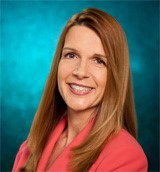 Katherine Lyon Daniel
Katherine Lyon Daniel
Who she is: Centers for Disease Control and Prevention’s Associate Director for Communication
What she does: According to her bio, Daniel leads the agency’s external and internal communication aimed at putting the best information available into the hands of people who need it to protect their health or the health of others. This includes providing accessible information through strategic communication, digital media and campaigns for changes in health behavior.
How she got there: Dr. Daniel earned the B.A. in Psychology from the University of Virginia, and the Ph.D. in Social Ecology from the University of California at Irvine. Her dissertation research focused on communicating long-term health risks to the US Senate. She has conducted and published research on risk perception and understanding risk behavior. She has authored or co-authored more than a dozen scientific articles. In 2010-2011, she completed the National Preparedness Leadership Initiative at Harvard University.
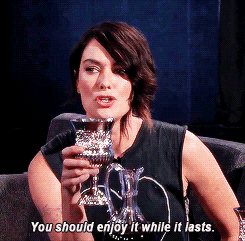
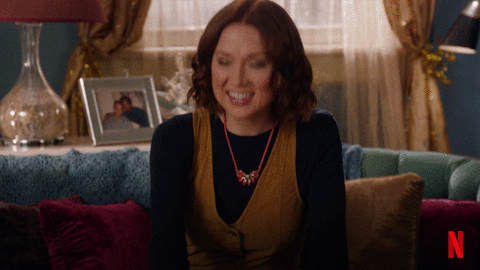
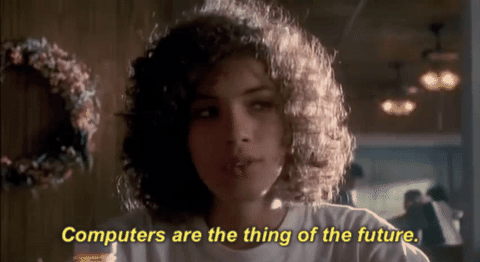

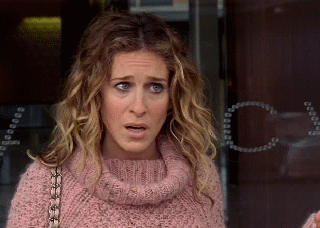
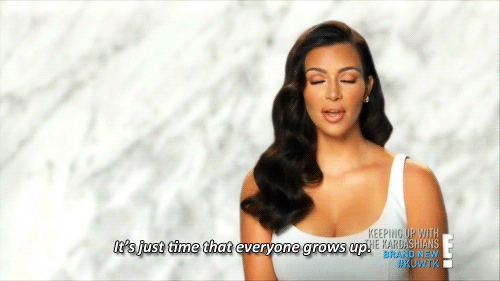

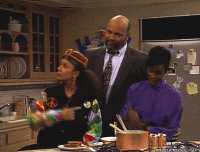
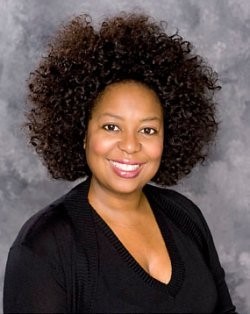
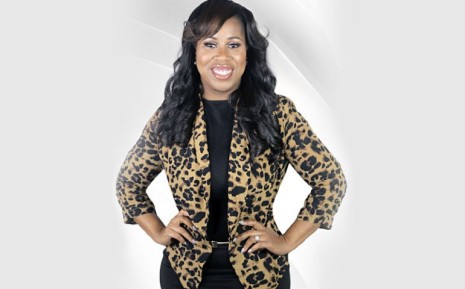
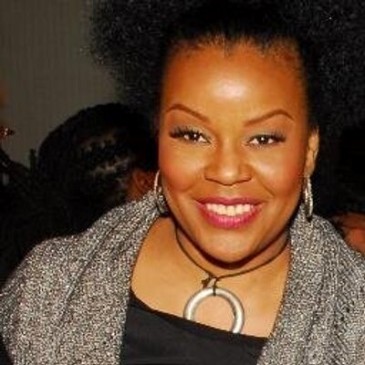
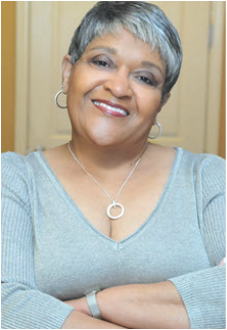
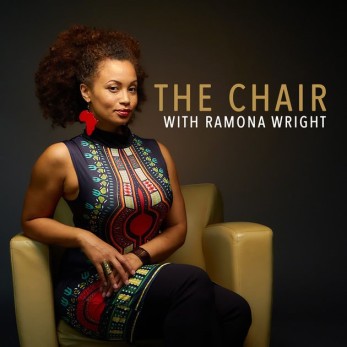
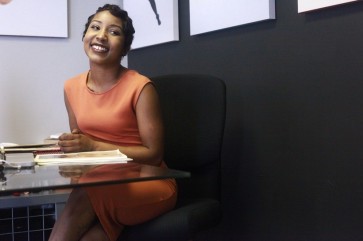

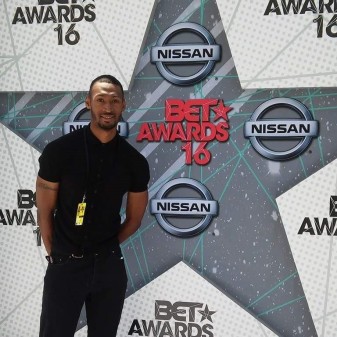

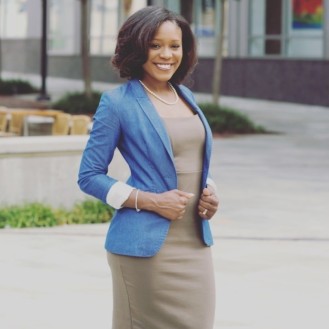
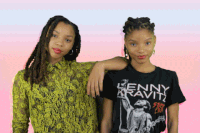
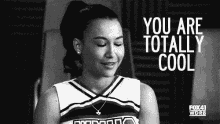
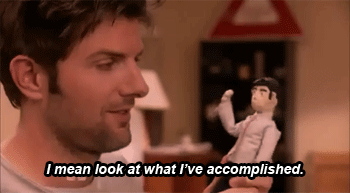 We are your Swiss army knife.
We are your Swiss army knife. 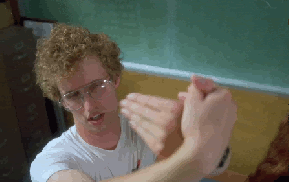 It’s okay to be a social butterfly. Public
It’s okay to be a social butterfly. Public We’re taking over the world! Well not exactly, but according to statistics collected about growing careers, public relations is on a steady incline! That means more jobs for PR pros! Whoohooo!
We’re taking over the world! Well not exactly, but according to statistics collected about growing careers, public relations is on a steady incline! That means more jobs for PR pros! Whoohooo!
 Tammy Roberts Myers
Tammy Roberts Myers Jana Fleishman
Jana Fleishman Monica Gil
Monica Gil Amy Palcic
Amy Palcic Martha M. Boudreau
Martha M. Boudreau Carol Potter
Carol Potter Yvette Noel-Schure
Yvette Noel-Schure  Judy Smith
Judy Smith  Joanna Hoffman
Joanna Hoffman Katherine Lyon Daniel
Katherine Lyon Daniel 






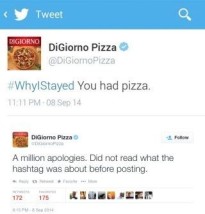
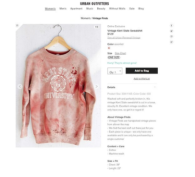 Outfitters released a “Vintage” on-of-a-kind Kent State sweatshirt that had a clear reference to the 1970 killing of four students protesting the Vietnam War by the Army National Guard. Urban outfitters later apologized on twitter saying, “Was never our intention to allude to the tragic events that took place at Kent State in 1970 and we are extremely saddened that this item was perceived as such.”
Outfitters released a “Vintage” on-of-a-kind Kent State sweatshirt that had a clear reference to the 1970 killing of four students protesting the Vietnam War by the Army National Guard. Urban outfitters later apologized on twitter saying, “Was never our intention to allude to the tragic events that took place at Kent State in 1970 and we are extremely saddened that this item was perceived as such.”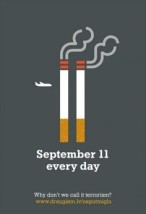
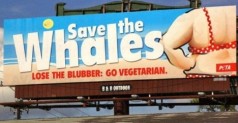
 to devote to a new hobby, check out YouTube for tutorial ideas! You can learn how to make friendship bracelets or how to do the electric slide in no time. The possibilities are endless – so go out and find your passion! You’ll thank yourself at your next job interview.https://media.giphy.com/media/Y3lKud1vkFzeU/giphy.gif)






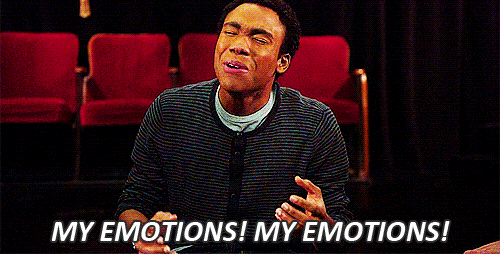
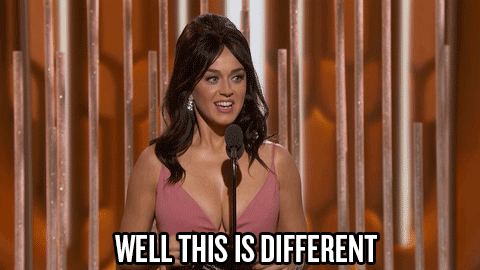
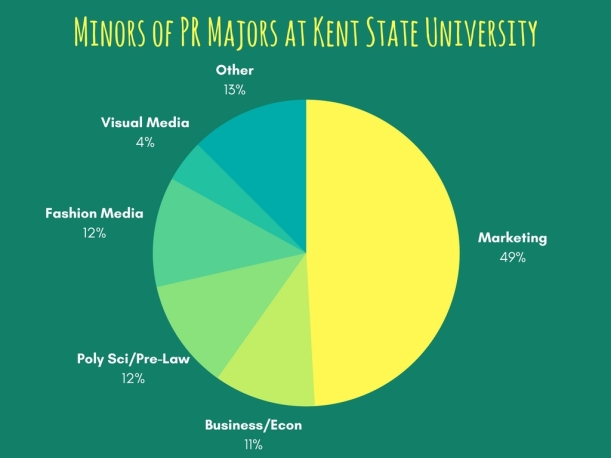
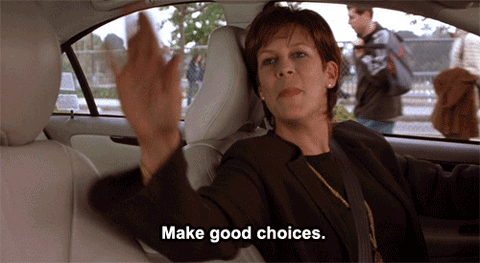
 If you’ve read all of the previous advice and are still nervous about choosing a minor, don’t worry! You’re not alone — this just means you’re taking your education in PR seriously, which is a good thing.
If you’ve read all of the previous advice and are still nervous about choosing a minor, don’t worry! You’re not alone — this just means you’re taking your education in PR seriously, which is a good thing.